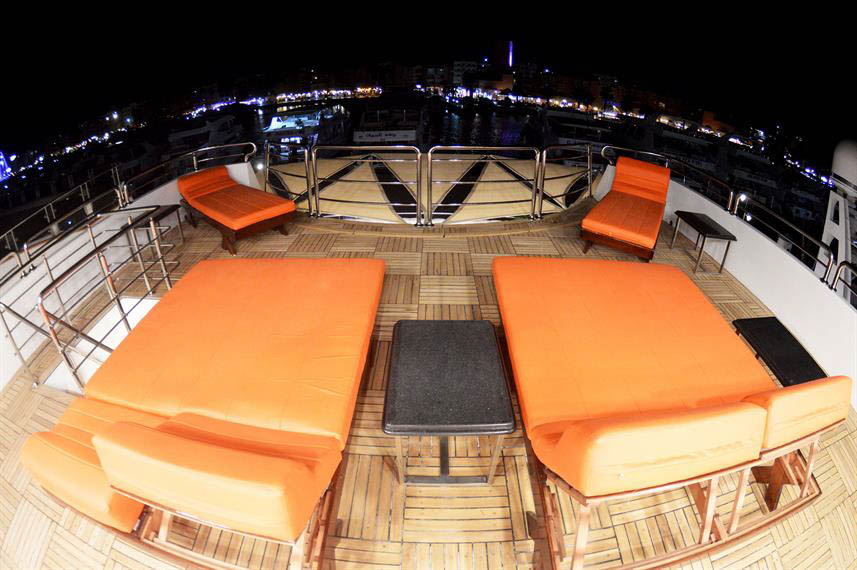If there are two boats in distress at the same time on Lake Ontario one rescue boat is not enough. To meet that challenge the Pickering Auxiliary Rescue Association (PARA) is raising funds to purchase a second Rigid Hull Inflatable Boat (RHIB).
Paul Darnbrough, a member of PARA, the marine search and rescue unit that responds to emergencies on Lake Ontario, offers statistics on the importance of marine safety work:
- Canada has approximately 2.8 million recreational boats and personal watercraft.
- Recreational boaters are involved in approximately 65 per cent of all marine search and rescue incidents.
- There are about 200 boating fatalities each year. Most of them are preventable.
- About 30 per cent of water-related deaths occurred while boating.
- Capsizing, collisions or falling overboard account for the majority of deaths.
- Each year, more than 2,000 rescue missions are conducted and in excess of 200 lives are saved by Canadian Coast Guard Auxiliary (CCGA) Search and Rescue units.
PARA, a founding member of CCGA, is dedicated to life saving on the water. It is frequently involved in Search and Rescue missions because of its boat’s capabilities. A second boat would also be a Rigid Hull Inflatable Boat. This type of craft fits the operational needs of PARA because it has both a solid shaped hull and flexible tubes on the gunwales. These tubes keep the boat afloat if it is swamped by high waves. The design also makes the boat more stable.
Rescue on the water should also be a concern for scuba divers, whether their dive boat is in distress or a stricken diver needs quick transportation off the water to meet an ambulance on shore.
To contribute to the funding drive for a second rescue boat click on the button below:








